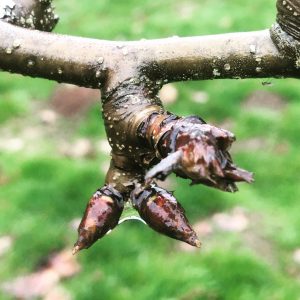This week I had the pleasure of working with Beth, the co-manager at Evergreen’s organic farm. We escaped the tempestuous weather by working in the heated greenhouse, starting seeds in flats and gearing up for the upcoming spring class.
I used this nifty seeding trowel, it helps control the amount of seeds dispersed in the trays, some of the heirloom tomato seeds cost $1.00 each! I had not realized a packet of seeds could be so costly. I thought back to last summer, remembering the bountiful harvest of tomatoes we had on the farm, it is amazing that each tiny seed is capable of bearing big beautiful tomatoes in the span of six months.
Butch the cat enjoys the seed heated seed mats the help facilitate germination rates.
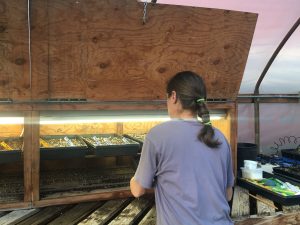
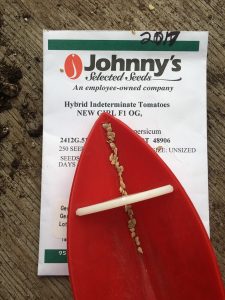
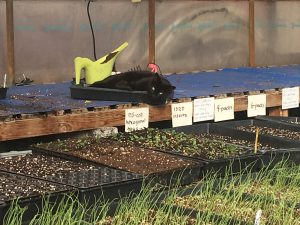
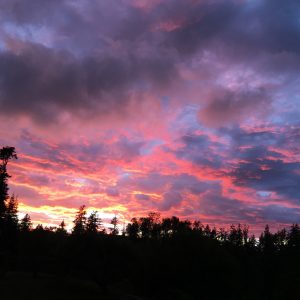 Sunset at Delphi
Sunset at Delphi
